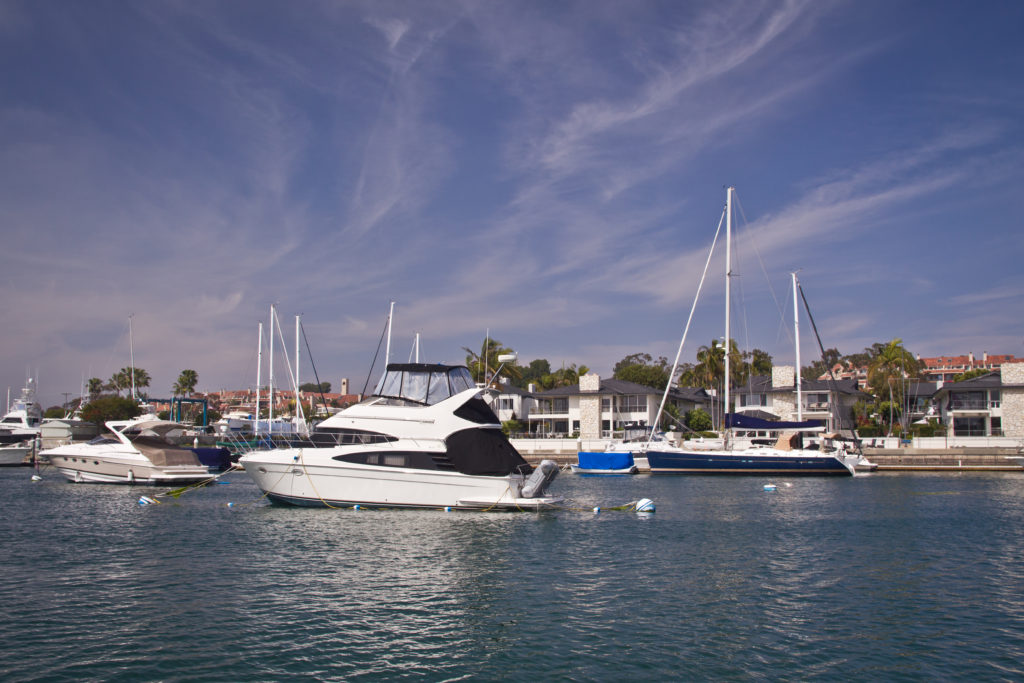As marine electronics continue to evolve, the once-futuristic idea of seamless offshore internet is becoming a reality. Boaters and anglers who rely on weather routing, satellite charts, or even livestreaming from the water are no longer confined to marinas or larger vessels with dedicated onboard networks. Instead, they’re turning to compact, self-contained systems that make it possible to bring reliable internet wherever the journey leads.
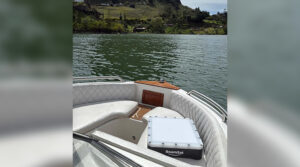
One such advancement gaining traction is the emergence of portable Starlink-based systems that pack both power and Wi-Fi into a single, mobile-ready unit. While Starlink has already reshaped the landscape of satellite internet by increasing access and affordability, the hardware required to use it hasn’t always matched the needs of mobile users, particularly those operating small boats, traveling light, or working in remote environments. The challenge was clear: eliminate the tangle of wires, inverters, and mounting hardware that typically makes satellite setups bulky and cumbersome.
Among the solutions leading that charge is RoamSat, a rugged, portable platform that consolidates the Starlink system into an all-in-one, go-anywhere box.
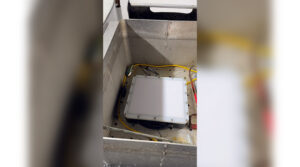
In a conversation with The Log, Mike Lee, founder of RoamSat, explained the practical thinking behind the device. “The RoamSat is a rugged enclosure for the complete Starlink antenna line and features an internal battery as well as various auxiliary power and mounting options,” said Lee. “It’s a fully portable and wireless option with everything self-contained—including the antenna, router, and power components.” Rather than relying on external modems or fixed installations, RoamSat reimagines the entire Starlink setup as a self-sufficient unit that can be carried, placed, or mounted wherever it’s needed.
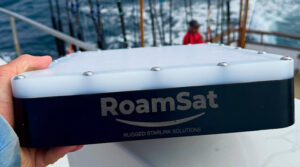
For boaters, the appeal is immediate. “For small boaters, the system transports like a laptop,” Lee said. “It can be attached to the boat via marine-grade suction cups or placed on the deck and powered on with the flip of a switch.” That portability means no installation is required, and users can move the unit between vessels, bring it camping, or use it as a home backup in the event of power or cell service loss. Beyond convenience, Lee emphasized its importance for emergency use. “Should your vessel ever lose house power, the RoamSat can run off the internal battery, whereas your standard Starlink would need inverted 110V AC power for both the dish and router,” he noted.

Built to handle life on the water, RoamSat uses marine-grade stainless hardware and durable materials. “It is sealed with a Viton O-ring and gaskets so it can get wet,” Lee explained, though he added that it’s not intended to be submerged due to a filtered vent built into the housing. Power flexibility also plays a key role. Models support input from 12–24V DC, 110/220V AC, and even USB-C on the Mini. Depending on the configuration, a single charge provides between six and ten hours of use, with the ability to run indefinitely when connected to an external power source.
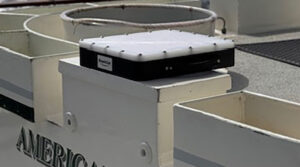
The device doesn’t enhance data speeds beyond what Starlink already provides, but it does streamline usability in a big way. “The performance is the same as a standard Starlink system, just simplified and consolidated into one small self-contained package,” Lee said. He added that their Gen3 and high-performance models feature more advanced routers, allowing users to create multiple SSIDs, manage data priority, and apply customized network settings, which is a particularly valuable feature for commercial operations.
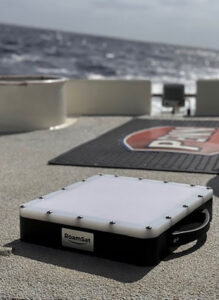
This level of detail and flexibility reflects a broader shift in marine technology. Traditionally, gaining internet access offshore required fixed installations, careful wiring, and a working knowledge of multiple electronic systems. Now, users can flip a switch, aim at the sky, and go online within minutes. No drilling, rigging, or permanent infrastructure required. That kind of simplicity opens up new possibilities for offshore anglers looking to download sea surface temperature data mid-trip, or long-range cruisers staying in touch with the mainland from remote anchorages.
The hardware’s power profile also marks a step forward. Using lithium iron phosphate battery technology (LiFePO4), these units offer greater energy density and stability in a small footprint. The Mini version is particularly travel-friendly, outfitted with a 160Wh battery that complies with airline carry-on limits. Larger systems using Gen2 or Gen3 antennas offer more bandwidth and longer range but may require DC operation or modified battery setups for air travel. In fact, RoamSat’s specialized units for government, emergency response, and disaster relief teams feature swappable batteries designed to meet those exact travel requirements.
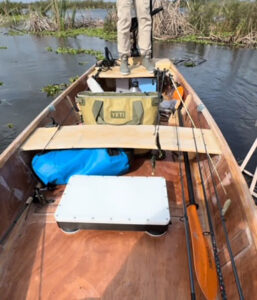
When asked about how RoamSat was born, Lee credited his own challenges offshore. “As the owner, I love to fish and boat offshore outside regular cell service, which makes it difficult to run a business and communicate with employees and customers, sometimes for days at a time,” he said. “This product allows me to operate no different than if I was sitting in my office on land.”
That sentiment taps into the real impact of mobile connectivity: freedom. RoamSat isn’t just a clever piece of engineering; it’s part of a larger technological movement that’s making offshore internet not only possible, but practical, for a wider range of boaters. Onboard tech is no longer reserved for large yachts or commercial vessels. It’s become essential to navigation, weather awareness, safety, and even entertainment. Whether mounted on a deck, carried onto a research vessel, or deployed during a disaster, the growing availability of self-contained internet platforms signals a new era for the marine industry.
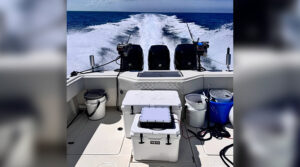
With growing support for mobile data plans and increasingly compact hardware, even the need for specialized maritime antennas is becoming optional. As long as users enable mobile priority data on their Starlink service, they can deploy units like RoamSat almost anywhere in the world without the cost or commitment of a traditional installation.
The advancement here isn’t about just one product; it’s about rethinking the way marine professionals and recreational boaters connect, communicate, and operate. The integration of durable satellite equipment, smart battery systems, and user-focused design is removing barriers that once made internet access at sea a luxury. Now, connectivity is something boaters can pack, power, and carry — with nothing holding them back but the horizon.
In our next installment of this marine technology series, we’ll explore how artificial intelligence is making waves in the boating world, from optimizing navigation routes and predicting maintenance needs to enhancing safety, efficiency, and the overall on-the-water experience for recreational boaters.






